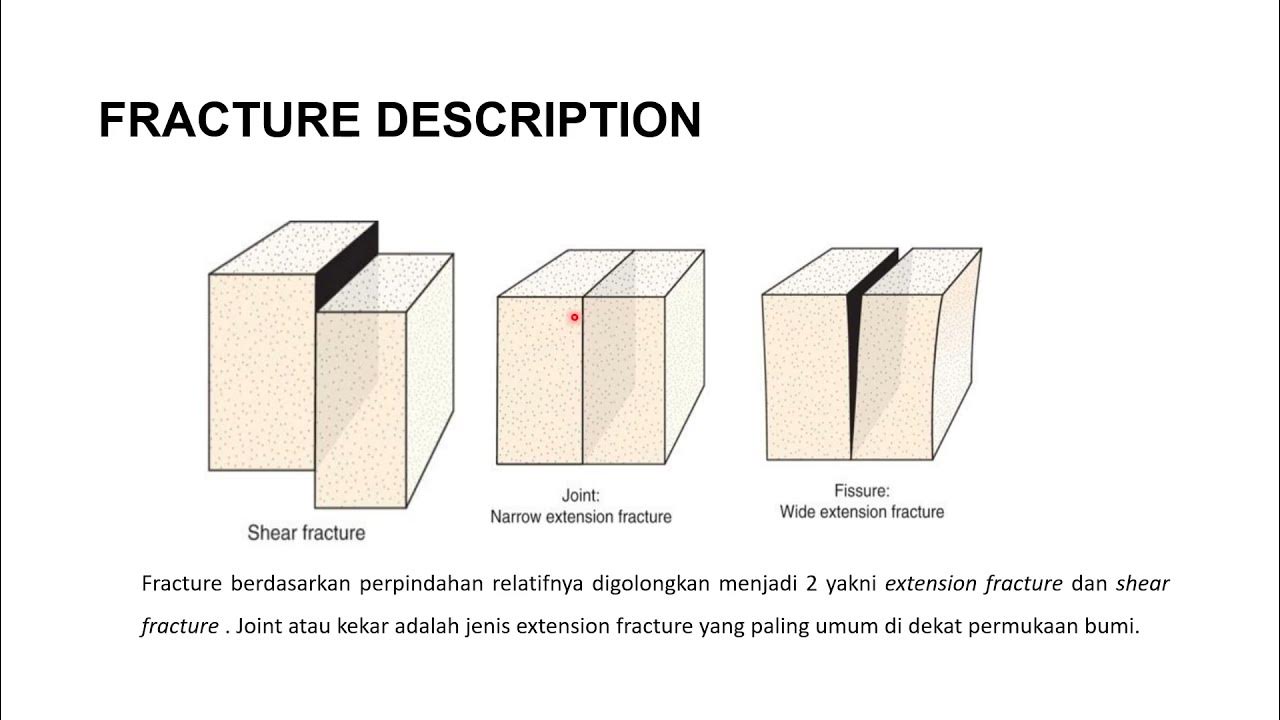Geologic Stress and Strain: Can solid rock bend?
Summary
TLDRThis educational video explores the concept of rock deformation, explaining that under high pressure and temperature, solid rock can bend and undergo ductile deformation, which is permanent. It contrasts this with brittle deformation, where rocks fracture and do not return to their original shape. The video also discusses geological stress and strain, and how they relate to rock deformation. It challenges secular views on the age of rocks, using the example of sandstones in the Grand Canyon that have deformed significantly without showing signs of metamorphism, suggesting a much younger age than secular geology proposes.
Takeaways
- 🌋 Solid rock can bend under extremely high pressures and temperatures, but the bending is either elastic (temporary) or ductile (permanent).
- 🔍 Elastic deformation is like a rubber band that stretches and returns to its original shape, while ductile deformation is permanent, like a bent metal that doesn't spring back.
- 🏔 Deep buried rocks experience ductile deformation due to high pressure and temperature, which allows them to bend permanently without breaking.
- 🌎 Rocks near the Earth's surface typically exhibit brittle deformation, fracturing when stress exceeds their elastic limit due to lower pressure and temperature.
- 📊 Stress and strain are key concepts in geology; stress is the force applied per unit area, and strain measures the change in shape or volume of a rock.
- 📈 Graphs of stress and strain can illustrate both brittle and ductile deformation, with a sharp downward trend indicating fracture and a curved line indicating permanent deformation.
- ⚒ There are three types of stress: compressive (forces pushing in), tensile (forces pulling apart), and shear (forces causing sliding).
- 🃏 An analogy for shear stress is a stack of cards being pushed to slide past each other, demonstrating how materials can be deformed through parallel forces.
- 🏞️ Sandstones in the Grand Canyon have undergone ductile deformation close to the surface, which is problematic for old-Earth models expecting rapid solidification.
- ⏳ A young Earth creationist perspective suggests that these rocks were deformed while still wet sediments, indicating a much shorter time frame than the millions of years proposed by secular models.
Q & A
Can solid rock bend under certain conditions?
-Yes, solid rock can bend under extremely high pressures and temperatures.
What is the term for bending in rocks that recovers to its original shape?
-The bending that recovers to its original shape is called elastic deformation.
What type of deformation is permanent in rocks that have been buried deep within the Earth?
-Ductile deformation is a type of permanent bending that occurs in rocks deep within the Earth.
How do rocks near the Earth's surface typically respond to stress that exceeds their elastic limit?
-Rocks near the Earth's surface typically exhibit brittle deformation, fracturing rather than bending permanently when stress exceeds their elastic limit.
Define geological stress and strain.
-Stress is the force applied to a rock per unit area, while strain is a measure of how much the shape or volume of the rock has changed.
What are the three ways stress can be applied to a rock?
-Stress can be applied to a rock as compressive stress, tensile stress, or shear stress.
What is the significance of the downward trend in a stress-strain graph?
-A downward trend in a stress-strain graph indicates that the rock has fractured due to reaching its elastic limit, which is indicative of brittle deformation.
Why is it challenging for sandstones in the Grand Canyon to have deformed by 90 degrees according to secular geology?
-Secular geology faces a challenge because it is difficult for sandstones to remain wet and pliable for 400 million years, which is the time frame proposed for the deformation after the rocks were deposited.
What is the creationist perspective on the deformation of rocks in the Grand Canyon?
-The creationist perspective suggests that the rocks were deformed while they were still wet sediment, indicating a much younger age for the geological features, potentially less than 10,000 years old.
How does the absence of metamorphism in the sandstones of the Grand Canyon challenge the secular view of their deformation?
-The absence of metamorphism, which would be expected if the rocks were exposed to high pressures and temperatures, challenges the secular view that the deformation occurred over hundreds of millions of years.
What is the estimated number of large earthquakes that the Grand Canyon area would have experienced if uplift began 70 million years ago?
-If the Grand Canyon area experiences five large earthquakes (5.0 or greater) every hundred years, it would have experienced approximately 3.5 million such earthquakes since uplift began 70 million years ago.
Outlines

Cette section est réservée aux utilisateurs payants. Améliorez votre compte pour accéder à cette section.
Améliorer maintenantMindmap

Cette section est réservée aux utilisateurs payants. Améliorez votre compte pour accéder à cette section.
Améliorer maintenantKeywords

Cette section est réservée aux utilisateurs payants. Améliorez votre compte pour accéder à cette section.
Améliorer maintenantHighlights

Cette section est réservée aux utilisateurs payants. Améliorez votre compte pour accéder à cette section.
Améliorer maintenantTranscripts

Cette section est réservée aux utilisateurs payants. Améliorez votre compte pour accéder à cette section.
Améliorer maintenant5.0 / 5 (0 votes)






